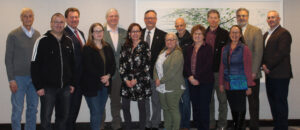
PAC Meeting, March 26, 2023
L to R: C. Norman Coleman, Ziad N. Kazzi, Brooke R. Buddemeier [Vice President], Julie M. Sullivan [Co-Chair], William E. Irwin, Sara D. DeCair, Robert C. Whitcomb, Adela Salame-Alfie, Stephen V. Musolino, Gladys A. Klemic, Daniel J. Blumenthal, K. Frieda Fisher-Tyler, Armin Ansari, & Thomas Chenworth
Membership

BROOKE R. BUDDEMEIER is an associate program leader in the Global Security Directorate of Lawrence Livermore National Laboratory (LLNL). He supports the Risk and Consequence Management Division in their efforts to evaluate the potential risk and consequence of radiological and nuclear terrorism. Mr. Buddemeier is a member of NCRP and served on the scientific committees which developed Commentary No. 19 - Key Elements of Preparing Emergency Responders for Nuclear and Radiological Terrorism (2005) and NCRP Report No. 165 – Responding to a Radiological or Nuclear Terrorism Incident: A Guide for Decision Makers (2010). From 2003 through 2007, he was on assignment with the Department of Homeland Security's as the weapons of mass destruction emergency response and consequence management program manager for Science and Technology's emergency preparedness and response portfolio. He supported Federal Emergency Management Agency and the Homeland Security Operations Center as a radiological emergency response subject matter expert. He also facilitated the department's research, development, test and evaluation process to improve emergency response through better capabilities, protocols and standards. Prior to that, he was part of the LLNL Nuclear Counterterrorism Program and coordinated LLNL's involvement in the National Nuclear Security Administration's Radiological Assistance Program (RAP) for California, Nevada and Hawaii. RAP is a national emergency response resource that assists federal, state and local authorities in the event of a radiological incident. As part of RAP's outreach efforts, Mr. Buddemeier has provided radiological responder training and instrumentation workshops to police, firefighters, and members of other agencies throughout the nation and abroad. He has also provided operational health physics support for various radiochemistry, plutonium handling, accelerator and dosimetry operations. He is Certified Health Physicist who received his Master's in Radiological Health Physics from San Jose State University and a BS in Nuclear Engineering from the University of California, Santa Barbara. |
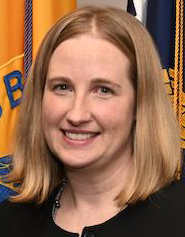
Julie M. Sullivan
|
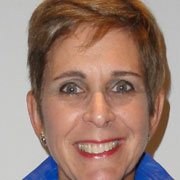
JUDITH L. BADER has a BA from Stanford University and an MD from Yale University School of Medicine. She has been board certified in Pediatrics, Pediatric Hematology-Oncology and Radiation Oncology. She is the author of scores of publications in various disciplines including clinical cancer trials, genetics and epidemiology, computer usability technology, and planning for and responding to mass casualty radiation emergencies. Dr. Bader was a Senior Investigator in many cancer clinical trials, genetics and epidemiology research projects, and communications technologies projects during her 22 y in the U.S. Public Health Service at the National Cancer Institute (NCI), National Institutes of Health. She has been the Chief of the Clinical Radiation Branch of the Radiation Oncology Branch at NCI, Chief of Radiation Oncology at the Bethesda Naval Hospital (now Walter Reed), and founding physician of two private radiation oncology practices. Since 2004, Dr. Bader has also served as a Senior Medical Advisor to various U.S. Department of Health and Human Services (HHS) and interagency entities charged with planning for and responding to medical aspects of mass casualty radiation emergencies. She is the Founding and Managing Editor of the HHS/Assistant Secretary for Preparedness and Response-sponsored website Radiation Emergency Medical Management (REMM – https://www.remm.nlm.gov). She has served on various committees for the American Society for Clinical Oncology and the American Society for Radiation Oncology. |
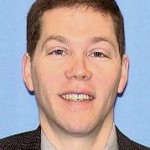
DANIEL J. BLUMENTHAL is the U.S. Department of Energy's (DOE) Attaché at the U.S. Embassy in Pakistan and previously filled the same role in Israel. From 2009 through 2020 he managed DOE radiological response programs at the National Nuclear Security Administration. In that role, Dr. Blumenthal led the initial DOE response team to Japan following the Fukushima Dai-ichi nuclear power plant accident in March 2011. He has also participated in many international technical exchanges regarding emergency preparedness and nonproliferation. In 2009, he transferred from the U.S. Department of Homeland Security’s Domestic Nuclear Detection Office where he was the Chief Test Scientist responsible for evaluating the performance of radiation detectors for first responders. Before that he was a Senior Scientist at DOE’s Remote Sensing Laboratory where he supported DOE emergency response teams. Dr. Blumenthal’s background is in nuclear physics. He is also a Certified Health Physicist (CHP) and a Fellow of the Health Physics Society. |
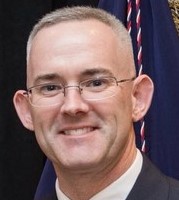
Thomas Chenworth
has worked for the Washington DC Fire and Emergency Medical Services Department since 2003 and has served in the role of Technician, Lieutenant, and Captain of the Hazardous Materials Unit during his career. As a chief officer he spent 4 y as one of the Special Operations Battalion Chiefs and responded to all technical rescue; chemical, biological, radiological, nuclear and high-yield explosives/Hazmat; and Maritime incidents while on shift.
Currently Chief Chenworth is the Deputy Chief of the Department’s Informational Technology Division and is also involved in the Securing the Cities Initiative and the Hazardous Materials Sub-Committee for the National Capitol Region. Chief Chenworth routinely plans the Fire/Life-Safety/Hazmat aspects for National Special Security Events and other large-scale events and ensures multi-agency interoperability during these events. This provides him with the unique opportunity to interact with other local and federal agencies to ensure coordination and communication occurs prior to, during, and after the event.
During the COVID-19 Pandemic Chief Chenworth led the Department’s Incident Support Team. This group worked tirelessly to ensure the proper safeguards were in place to protect the workforce, maintain continuity of operations, and to support other city agencies and initiatives related to the pandemic.
|
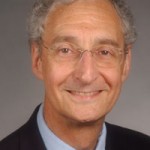
C. Norman Coleman
received his BA in mathematics, summa cum laude, from the University of Vermont in 1966 and his MD from Yale University in 1970. He is board certified in three specialties — internal medicine from University of California, San Francisco; medical oncology from the National Cancer Institute; and radiation oncology from Stanford University. He served in the U.S. Public Health Service at the National Institutes of Health [O-4 (ret)]. He was Assistant and tenured Associate Professor of Radiation Oncology and Medical Oncology at Stanford and from 1985 to 1999 and Professor and Chairman of the Harvard Medical School Joint Center for Radiation Therapy. Since 1999, he has been Associate Director, Radiation Research Program and Senior Investigator, with a molecular radiation therapeutics laboratory in the Radiation Oncology Branch of National Cancer Institute. Since 2004 he has also been a Senior Medical Advisor in the Office of the Assistant Secretary for Preparedness and Response in the U.S. Department of Health and Human Services. His focus is on radiological and nuclear preparedness and planning but the programs apply to all-hazards. This includes the Scarce Resources for a Nuclear Detonation project and participation at the U.S. Embassy in Tokyo during the Japan disaster in March 2011. Among his honors are Fellowships in American College of Physicians, American College of Radiology, American Society of Radiation Oncology, and American Society of Clinical Oncology. He is recipient of an Honorary Fellowship, Royal College of Surgeons, Dublin; Honorary Fellow, Royal College of Radiologists (London); the Gold Medal from the American Society for Radiation Oncology; and the 2011 Samuel J. Heyman, Service to America Homeland Security Medal. In 2015 the University of Vermont awarded him a Doctor of Science (honoris causa) for his public service and contributions to society. |

Sara D. DeCair
has been with the U.S. Environmental Protection Agency (EPA) Office of Radiation and Indoor Air since 2003. She has focused on radiological emergency preparedness and spent over a decade negotiating the finalization of the 2017 EPA Protective Action Guides (PAG) Manual. Assisting with adoption of the updated PAG Manual has continued to be a collaborative effort with the Federal Radiological Monitoring and Assessment Center (FRMAC), Advisory Team for Environment, Food and Health and the Federal Emergency Management Agency, and the U.S. Nuclear Regulatory Commission. Currently, Ms. DeCair is Associate Center Director for the EPA's radiological protection program's Center for Science and Technology, a small group of radiation experts who provide federal guidance reports and lead an in-house health physics continuing education program for the Agency. She previously worked for 7 y with the State of Michigan's Department of Environmental Quality. Three of those years were spent in nuclear power plant emergency response and planning where she went from participating in to becoming a trainer for everything from state field team leader, dose assessor, decontamination team leader, various Emergency Operations Center positions, and eventually scenario development and exercise design. The 3 y prior, Ms. DeCair worked as a State of Michigan inspector of radioactive materials registrants and radiation incident responder. Incident responses ranged from scrap yard portal monitor alarms to oil and gas pipe yard naturally occurring radioactive material (NORM) discoveries to medical waste from Ohio or Canada. Source identification, isolation, storage, and even disposal were among the responsibilities of the incident responder. She also led the instrument calibration efforts for materials program instruments, completed several oil and gas NORM site cleanups, and facilitated the proper disposal of numerous orphan radioactive sources in the state. Ms. DeCair is a longtime national Health Physics Society (HPS) member and has served 4 y on the Board of the Baltimore-Washington Chapter of HPS. |
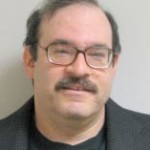
Joseph R. Dynlacht
is an Associate Professor in the Department of Radiation Oncology at the Indiana University School of Medicine and a member of the Experimental Therapeutics Division of the Indiana University Simon Cancer Center. He received a BS degree in Biology from Florida State University and a PhD in Cellular and Molecular Radiobiology from Colorado State University before completing a post-doctoral fellowship at the University of California, San Francisco. Dr. Dynlacht teaches annual courses entitled "Radiation and Cancer Biology" to graduate students, and to radiation oncology residents and radiation therapy students, and is the Practice-Based Learning and Improvement Competency Director for the Medical School. Dr. Dynlacht's research interests include the development of agents that reduce normal tissue damage after irradiation (specifically damage to the heart and lens), development of radiation countermeasures, mechanisms of heat- and radiation-induced cell killing, and development of thermally-activated chemotherapeutic compounds. He has served on advisory panels for several organizations, including Brookhaven National Laboratory, the National Institutes of Health (NIH), and the National Aeronautics and Space Administration (NASA), and is an Associate Editor for the journal Radiation Research. His research has been supported by NIH, NASA, and the U.S. Department of Defense. |
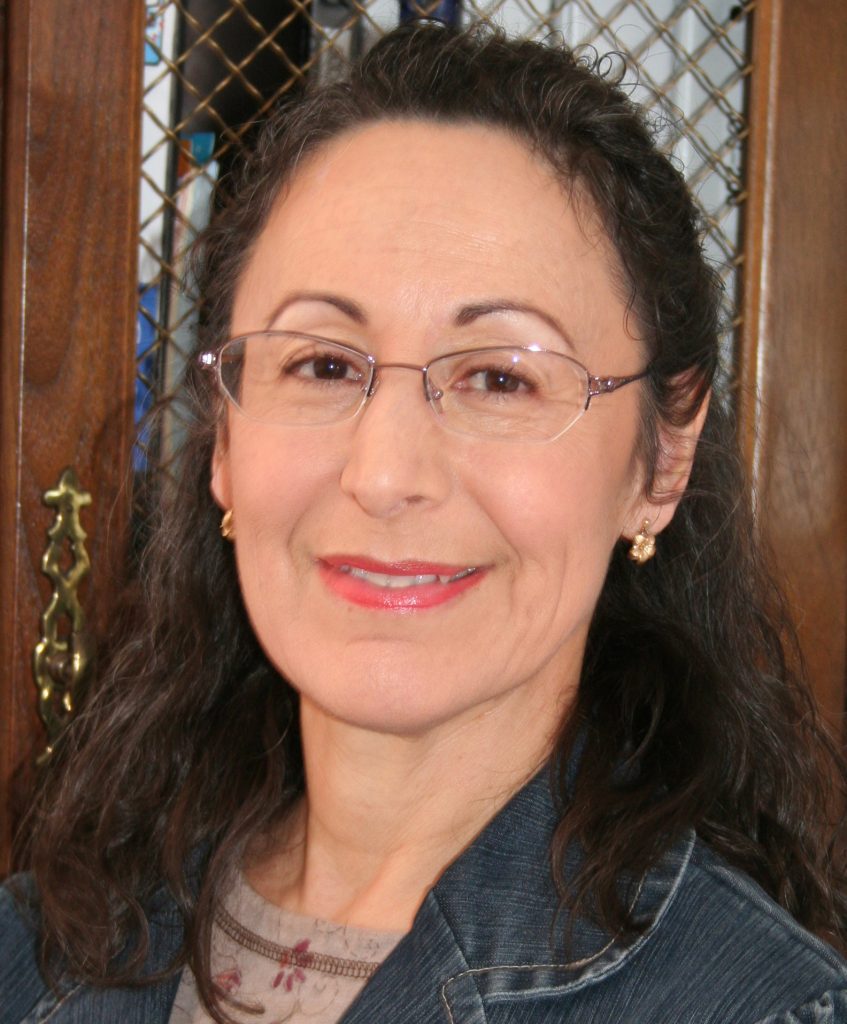
K. Frieda Fisher-Tyler
directs the Office of Radiation Control in the Delaware Division of Public Health, which regulates the use of ionizing radiation sources in the State of Delaware. She is certified in comprehensive practice by the American Board of Industrial Hygiene, and worked as an Industrial Hygienist, Radiation Safety Officer, and Environmental Health and Safety Director in the chemical and pharmaceutical industries prior to transitioning to state service in 2002. She serves as the governor-appointed U.S. Nuclear Regulatory Commission State Liaison Officer and Alternate Commissioner for the Appalachian States Commission for Low Level Radioactive Waste for Delaware. She leads the Technical Assessment Team for the Delaware Radiological Emergency Preparedness Program managed by Delaware Emergency Management Agency, and acts as Administrative Agent to the governor-appointed Delaware Authority on Radiation Protection. She served on the Board of Directors of the Conference of Radiation Control Program Directors (CRCPD) from 2010 to 2013, chairing the Homeland Security/Emergency Response Council for the Board, and represents the CRCPD on the Governmental Coordinating Council - Nuclear Sector managed by the U.S. Department of Homeland Security, Critical Infrastructure Protection. She served on the Board of Directors of the American Board of Industrial Hygiene from 2000 to 2003, serving a term as Board Vice Chair. She received her MHS degree from the Environmental Engineering Department, Bloomberg School of Public Health, Johns Hopkins University, and her BS degree from the Institute of Environmental Health, Colorado State University. She resides in Magnolia, Delaware. |
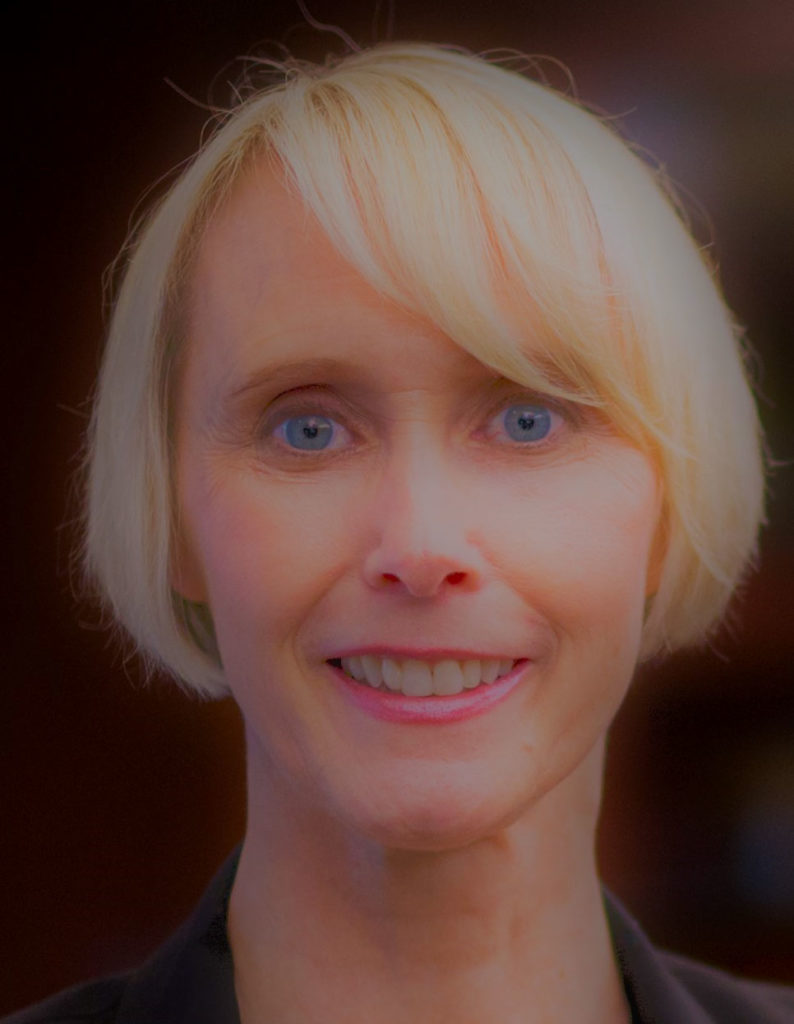
Carol J. Iddins
is the Director of the Radiation Emergency Assistance Center/Training Site (REAC/TS). She has 25 y of experience in civilian and military medicine. She has managed and consulted on numerous patients with radiation-induced injuries/illnesses and has deployed overseas for the International Atomic Energy Agency/Pan American Health Organization Radiation Assistance Network to provide expertise on patients with radiation injuries secondary to radiotherapy overdose errors. She routinely consults on calls regarding potential and actual radiation exposures, evaluates and participates in radiological/nuclear exercises, and shares her specialized knowledge worldwide at courses and conferences. Dr. Iddins has been at REAC/TS since 2009 and has become a nationally and globally known subject matter expert in the medical management of radiological injuries and incidents, and has a special interest in localized radiation injuries. She has been involved in multiple areas of research, most recently involving exploration of a new biodosimeter. Dr. Iddins has continued her mastery of disaster medicine and incorporates her past history of operational/military and occupational medicine into her vast skill set for REAC/TS. |

WILLIAM E. IRWIN leads the Radiological and Toxicological Sciences Program at the Vermont Department of Health and is responsible for radiation protection in medicine and other applications, nuclear facility environmental surveillance, preventive radiological/nuclear detection and emergency preparedness. He is a member of NCRP Council Committee 1 which produced Report No. 180, Management of Exposure to Ionizing Radiation: Radiation Protection Guidance for the United States (2018); Program Area Committee 3, Scientific Committee (SC) 3-1 which wrote Report No. 179, Guidance for Emergency Response Dosimetry; and SC 3-1P2 which wrote Commentary No. 27, Implications of Recent Epidemiologic Studies for the Linear-Nonthreshold Model and Radiation Protection, for implementation of Report No. 179. He was on the 2017 NCRP Annual Meeting Program Committee and presented on the gaps filled in emergency response by the Radiological Operations Support Specialist (ROSS). He helped lead the NCRP Special Session on Radioactive Waste Management at the 2018 Health Physics Society (HPS) Mid-Year Meeting and serves on the 2019 NCRP Annual Meeting Program Committee. Dr. Irwin represents the Conference of Radiation Control Program Directors (CRCPD) on the ROSS Steering Committee leading efforts to train and certify hundreds of ROSS to bolster national radiological and nuclear preparedness. He is a ROSS instructor for Counter Terrorism Operations Support and reinforces his responder capabilities as a Chief Officer of the Vermont Hazardous Materials Response Team, and as a Chief Officer and Emergency Medical Technician for the Bakersfield Volunteer Fire Department. He is a Certified Health Physicist, long-time member of HPS and was previously on the American Board of Health Physics Part II Panel of Examiners. He serves the CRCPD in numerous committees, was on its Board of Directors and served as the Board Chair. Prior to government service, Dr. Irwin worked as Laser Safety Officer and Radiation Safety Officer at Harvard University and the Massachusetts Institute of Technology. He is a consultant on radiofrequency radiation (RFR), laser radiation, extremely low frequency electromagnetic fields, nuclear magnetic resonance fields, and ionizing radiations. He volunteers for Interpol in its international efforts to prevent and detect the smuggling of radiological and nuclear materials. Both his Doctor of Science and Master of Science were earned at the University of Massachusetts Lowell with his dissertation on the health effects of wireless telecommunications RFR exposure. Dr. Irwin started in nuclear power, first as a radiation protection technician on U.S. Navy submarines, guided missile cruisers, and aircraft carriers at Newport News Shipbuilding and Dry Dock Company and then as an instructor and supervisor in radiation protection, chemistry, and nuclear power plant systems and operations training at commercial facilities. |
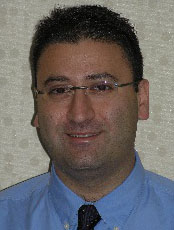
Ziad N. Kazzi
trained in Emergency Medicine at Emory University in Atlanta (2000 to 2003) where he served as a Chief Resident before completing a subspecialty fellowship in Medical Toxicology at Emory University, Georgia Poison Center and the Centers for Disease Control and Prevention (CDC) in Atlanta, Georgia. He is board certified in both Emergency Medicine and Medical Toxicology. Dr. Kazzi joined the Department of Emergency Medicine at the University of Alabama at Birmingham from 2005 and 2008 where he served as a Medical Toxicologist for the Regional Poison Control Center in Birmingham and the Alabama Poison Center. Currently, he is a Professor at the Department of Emergency Medicine at Emory University in Atlanta as well as the Director of the International Toxicology Fellowship Program at Emory University. He is also the Assistant Medical Director of the Georgia Poison Center and a Guest Researcher at the National Center for Environmental Health at CDC where he participates in emergency preparedness and response activities in radiation. As an emergency physician and toxicologist, Dr. Kazzi specializes in the recognition, triage and management of poisonings and holds a deep interest in the areas of radiation and international toxicology. He founded and chaired the American Academy of Clinical Toxicology Radiation Interest Group since 2009. He is currently serving as a Treasurer of the American College of Medical Toxicology and a board member of the Medical Toxicology Foundation. Dr. Kazzi has extensively lectured at national and international conferences and developed several curricula and training programs in emergency preparedness and response. He is an active and founding Board Member of the Middle East North Africa Toxicology Association and currently serves as its Past-President. He is a member of the Executive Committee of the Radiation Injury Treatment Network. |

Gladys A. Klemic
|
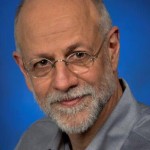
STEPHEN V. MUSOLINO is a scientist in the Nonproliferation and National Security Department at the U. S. Department of Energy's (DOE) Brookhaven National Laboratory (BNL) in Upton, New York. With more than 30 y of experience in Health Physics, his current research interests are in nonproliferation, counterterrorism, and planning for response to the consequences of radiological and nuclear terrorism. Since 1981, he has been part of the DOE Radiological Assistance Program as a Team Captain/Team Scientist and has been involved in developing radiological emergency response plans and procedures, as well as participating in a wide range of radiological and nuclear exercises and field deployments. During the Fukushima crisis, he was deployed in Japan as an Assessment Scientist with the DOE response team that was measuring the environmental consequences of the radioactive material released from the damaged nuclear power plants. Working with the first responder community in the New York metropolitan area, Dr. Musolino was involved with the development of guidance for response to the aftermath of a radiological dispersal device, and served on the scientific committee that developed NCRP Report No. 165, Responding to a Radiological or Nuclear Terrorism Incident: A Guide for Decision Makers. Earlier in his career at BNL, he was a member of the Marshall Islands Radiological Safety Program and participated in numerous field missions to monitor the populations living on islands affected by nuclear testing. Dr. Musolino is a Fellow of the Health Physics Society, Distinguished Alumnus of Buffalo State College, and a member of the editorial board of the journal Health Physics. He earned a BS in engineering technology from Buffalo State College, an MS in nuclear engineering from Polytechnic Institute of New York University, and a PhD in health physics from the Georgia Institute of Technology. He is certified by the American Board of Health Physics. |
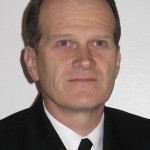
Michael A. Noska
|
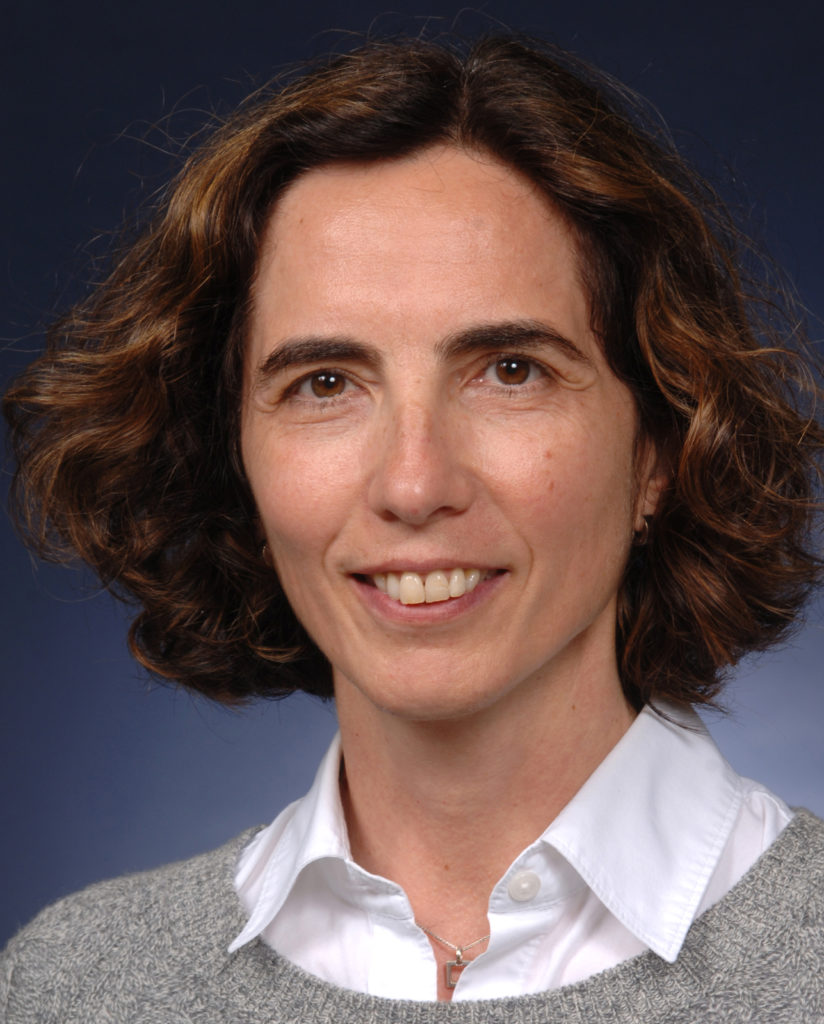
Leticia S. Pibida
|
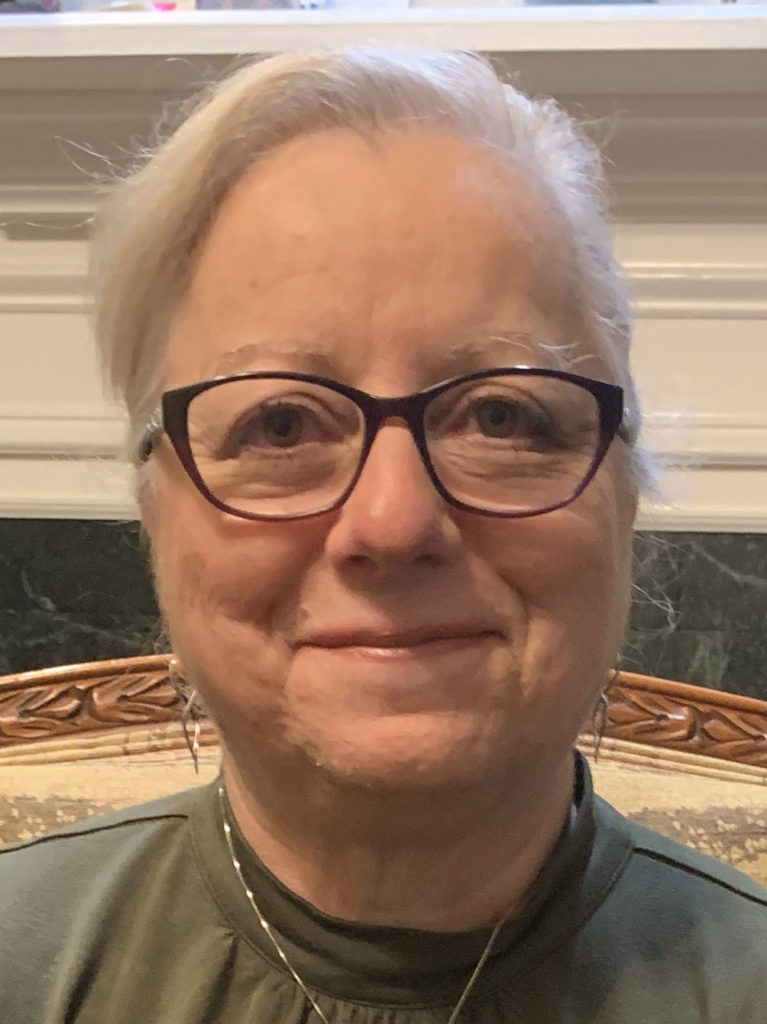
ADELA SALAME-ALFIE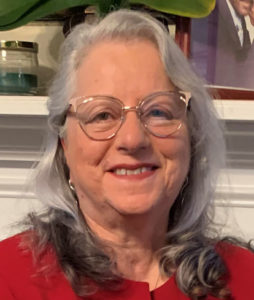
is a Senior Health Physicist in the Radiation Studies Section in the Centers for Disease Control and Prevention. Prior to this appointment, Dr. Salame-Alfie spent 22 y with the New York State Department of Health in various capacities including Director of the Division of Environmental Health Investigation, Director of Preparedness for the Center for Environmental Health, and Director of the Bureau of Environmental Radiation Protection. Dr. Salame-Alfie is a member of NCRP, and co-chaired Scientific Committees (SC) 3-1 and 3-2 that prepared NCRP Report No. 179 and Commentary No. 28 addressing dosimetry guidance for radiation emergency workers; and SC 3-3 that prepared Statement No. 15 on respiratory protection guidance for workers and volunteers. She is a Lifetime member of the Conference of Radiation Control Program Directors where she served as Chair and member of the Board of Directors and chaired several committees and received the 2014 Gerald S. Parker Award. She is a Fellow member of the Health Physics Society and currently serves on the Board of Directors. She has extensive experience in many areas of radiation protection including radiological emergency preparedness and response, environmental radiation and radon and has published and co-authored many publications. Dr. Salame-Alfie obtained her MS and PhD in Nuclear Engineering from Rensselaer Polytechnic Institute in Troy, New York. |

ROBERT C. WHITCOMB, JR.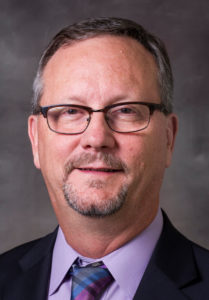
joined the Centers for Disease Control and Prevention (CDC) in June 1993. Before retirement in December 2021, he served as the Chief of the Radiation Studies Section, Division of Environmental Health Science and Practice, National Center for Environmental Health. In this position, he served as Radiation Subject Matter Expert and CDC Spokesperson for technical and public health issues related to environmental radiation and nuclear/radiological emergency response. Prior to CDC, Dr. Whitcomb worked with the Illinois Department of Nuclear Safety. His primary area of expertise is the assessment of radionuclides released to the environment and the impact on public health. He has authored or coauthored numerous journal articles and is a recognized expert in domestic and international public health response in nuclear/radiological emergencies. Dr. Whitcomb is a member of NCRP and the Health Physics Society. He is certified in comprehensive practice by the American Board of Health Physics and served on the Board of Directors of the Health Physics Society (2004 to 2007). In addition, he serves on the World Health Organization’s international roster of experts in radiation, environmental hazards, and health effects. Dr. Whitcomb holds a BS in Biology from Florida Southern College, an MS and a PhD in Environmental Engineering Sciences from the University of Florida. |


 has a PhD in Physics from the University of Tennessee, Knoxville. She works at the National Institute of Standards and Technology (NIST). She has served as a research scientist for low-level radioactivity measurements using laser ionization mass spectrometry. She performs gamma-ray spectrometry measurements to develop standard reference materials as well as calibration of radioactive sources for source manufacturers, radiopharmaceutical companies, and nuclear power plants. Since 2002 her work involves testing of commercially available radiation detection instruments and development of national and internal standard for radiation instrumentation used for detection of illicit trafficking of radioactive materials and homeland security applications. She is an NCRP member since 2018, the American National Standards Institute N42 Committee chair, and the convener of the International Electrotechnical Commission TC45 WG9 and SC45B WGB15. She is the author of over 70 peer reviewed papers and over 110 reports, standards, and conference proceedings.
has a PhD in Physics from the University of Tennessee, Knoxville. She works at the National Institute of Standards and Technology (NIST). She has served as a research scientist for low-level radioactivity measurements using laser ionization mass spectrometry. She performs gamma-ray spectrometry measurements to develop standard reference materials as well as calibration of radioactive sources for source manufacturers, radiopharmaceutical companies, and nuclear power plants. Since 2002 her work involves testing of commercially available radiation detection instruments and development of national and internal standard for radiation instrumentation used for detection of illicit trafficking of radioactive materials and homeland security applications. She is an NCRP member since 2018, the American National Standards Institute N42 Committee chair, and the convener of the International Electrotechnical Commission TC45 WG9 and SC45B WGB15. She is the author of over 70 peer reviewed papers and over 110 reports, standards, and conference proceedings. News & Events
News & Events